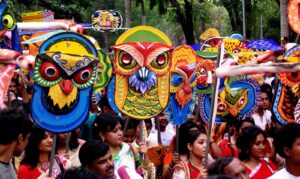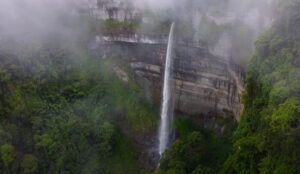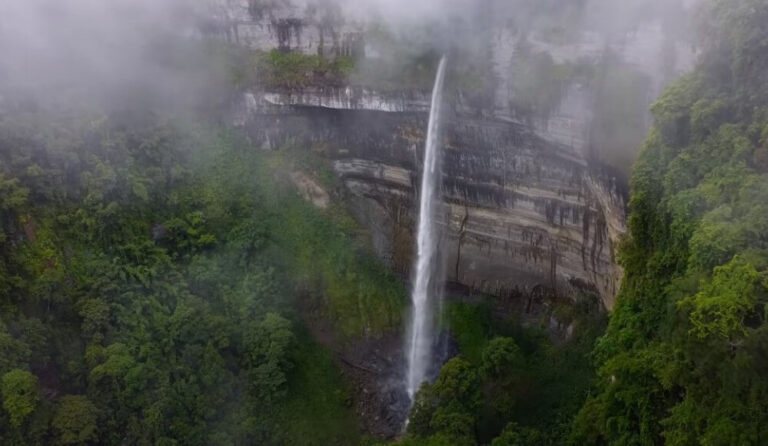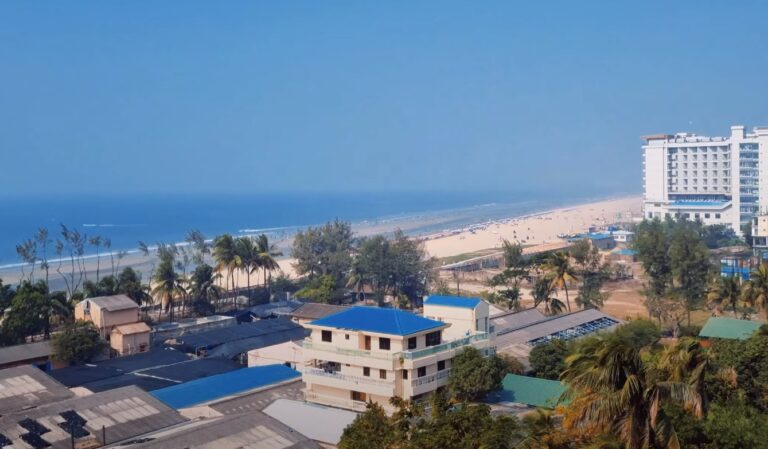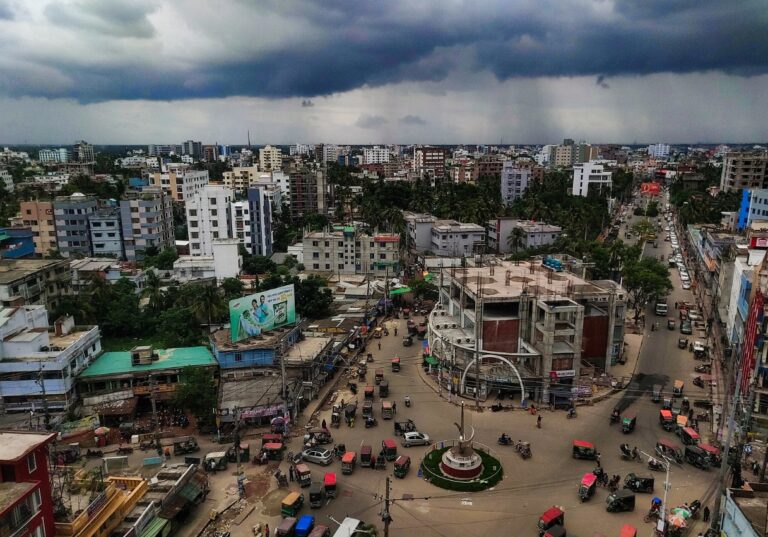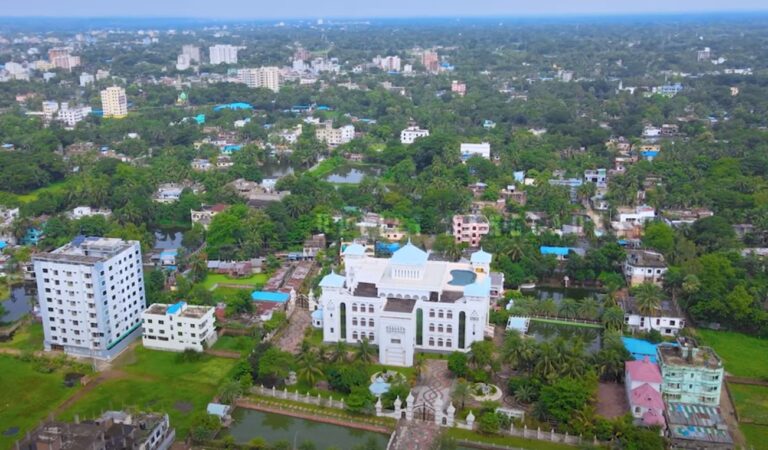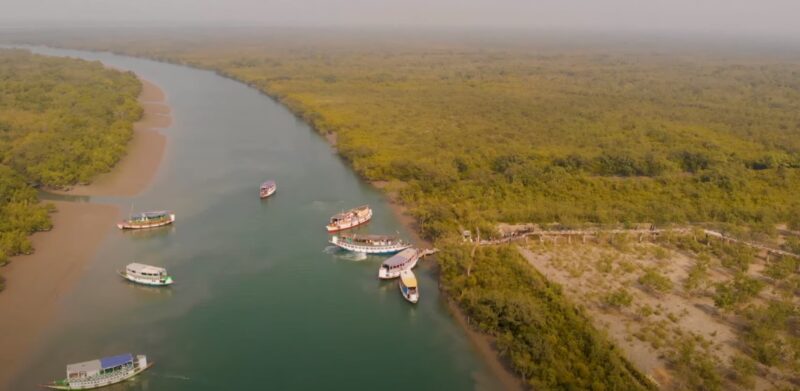
Exploring the Sundarbans, the world’s largest mangrove forest, has always been a goal of mine.
This UNESCO World Heritage Site spans over 26,000 square kilometers and 104 islands, located in the Ganga-Brahmaputra delta between Bangladesh and India.
It is home to many endangered species, including the Royal Bengal Tiger, and has always intrigued me.
My journey to the Sundarbans was filled with excitement. I couldn’t wait to experience this incredible ecosystem.
During morning boat rides through the narrow canals, I was captivated by the vibrant colors and diverse wildlife around me.
The peacefulness of the mangrove forest instilled in me a deep respect for nature’s delicate balance.
To gain a better understanding, I spoke with local experts and tour guides who explained the significance of the mangroves within the ecosystem.
Choosing the Season
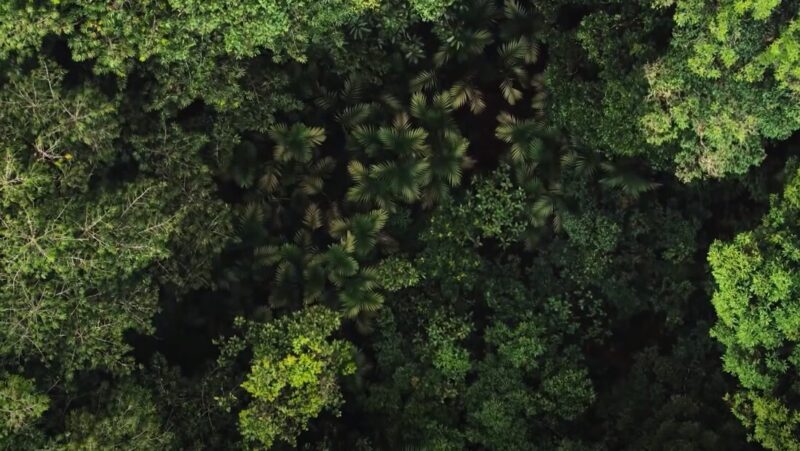
When planning my trip to the Sundarbans, which hosts the world’s largest mangrove forest, I had to choose the right season.
I found that the best time to visit is during winter, from November to February, as the weather is cooler and wildlife sightings are more likely.
The monsoon season, from June to September, is best avoided due to heavy rains and potential flooding, which can make travel difficult.
What Should You Bring?
Based on my research, I made a list of essential items:
- Clothing: I packed lightweight, quick-drying clothes, including long-sleeved shirts and trousers to protect against insect bites. A hat, sunglasses, and sunscreen were essential for sun protection.
- Footwear: I chose comfortable, durable, closed-toe shoes that offered protection from insects and plants while being good for walking.
- Binoculars and Camera: To capture the beauty of the Sundarbans and spot wildlife, I brought a good pair of binoculars and a camera with a decent zoom lens.
- Insect Repellent: Given the swampy nature of the mangrove forest, I packed an effective insect repellent to ward off mosquitoes and other insects.
- First Aid Kit: I included a compact first aid kit for minor injuries or emergencies.
- Personal Medications: I made sure to pack all necessary personal medications and prescriptions.
- Water Bottle: Staying hydrated was crucial, so I brought a reusable water bottle to refill at safe water sources.
Arriving in the Sundarbans
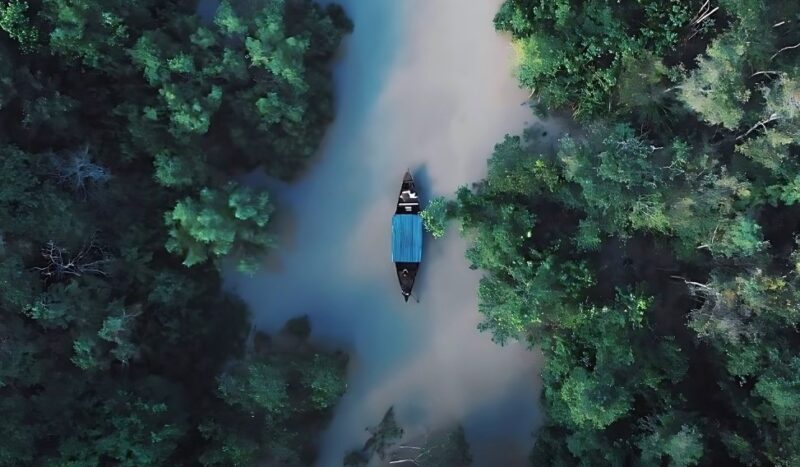
This UNESCO World Heritage site is located at the southern edge of Bangladesh and stretches into West Bengal, India.
Entering the Sundarbans, I was greeted by bird calls and rustling leaves. I saw kingfishers flying over the water and mudskippers on the banks. The mangroves, with their twisted roots, created a unique landscape. As we navigated the narrow channels, I spotted deer grazing and crocodiles basking in the sun.
I didn’t see the Royal Bengal Tiger, but knowing it was out there added to the experience. The dense mangroves and quiet environment felt like a sanctuary for the wildlife. This made the Sundarbans a perfect escape from typical tourist spots, letting me enjoy the beauty of nature.
Exploring the Biodiversity
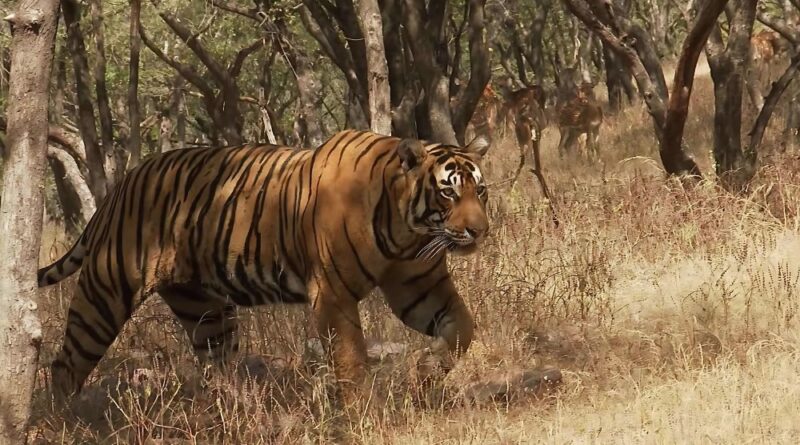
While cruising through the waterways, I was struck by the vibrant bird life, from colorful kingfishers darting across the water to elegant egrets standing still like statues, all thriving in this unique ecosystem.
One of the most thrilling moments of my trip was spotting a massive saltwater crocodile basking on a mudflat. As our boat slowly approached, I could see its eyes just above the water, watching us. The sheer size and presence of this ancient predator were awe-inspiring. Our guide explained how these crocodiles play a crucial role in the mangrove ecosystem, and seeing one up close made me appreciate the delicate balance of nature even more.
As we continued, Irrawaddy dolphins appeared, gracefully swimming alongside our boat. Their playful movements and occasional leaps out of the water brought a sense of joy and wonder to the trip. It was fascinating to see these intelligent creatures up close in their natural habitat.
As we continued through a narrow canal, we spotted a group of spotted deer grazing near the water’s edge. One deer, curious about our presence, ventured closer to the boat. It was a magical moment, making me feel like a guest in their serene world. The guide mentioned that these deer are often prey for the elusive Royal Bengal Tiger.
Discovering Mangroves
During my stay, I learned that mangroves are salt-tolerant trees adapted to coastal conditions. Their complex root systems and salt filtration mechanisms help them thrive in saline environments. This adaptation was clear as I observed the dense mangrove forests and their unique structure.
The Sundarbans is the largest mangrove ecosystem in the world, covering over 10,000 square kilometers. The dominant mangrove species, Heritiera fomes (locally known as sundari or sundri), stood out with its thick canopy. The undergrowth was mostly seedlings of mangrove trees, creating a lush, green environment.
Historical Insights
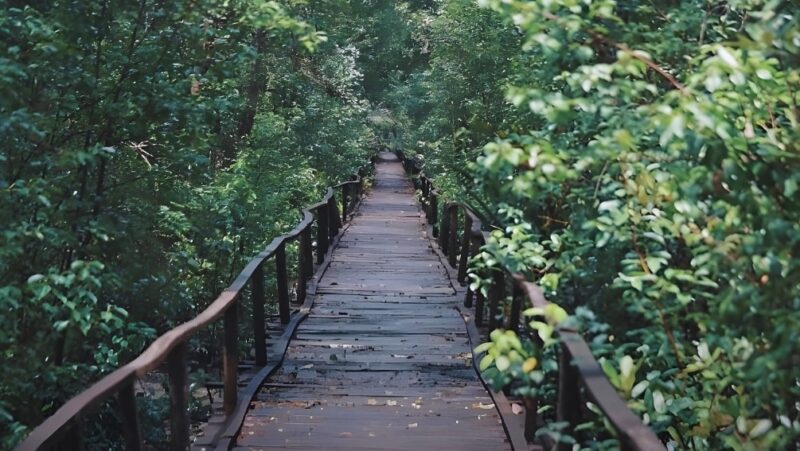
While exploring the Sundarbans, I found historical remnants like the ruins of a city built by Chand Sadagar in the Baghmara Forest Block. The history of the area dates back to 200–300 AD, adding intrigue to the region’s natural beauty.
Conservation Efforts
I also learned about the conservation efforts in the Sundarbans. The first Forest Management Division was established in 1869, and large portions of the forest were declared reserved in 1875. Despite these protections, challenges like depleted biodiversity and ecological decline remain. However, initiatives like the creation of a Forest Circle in 1993 aim to preserve this unique ecosystem
Meeting the Local Fishermen
During my stay, I had the chance to meet some local fishermen who rely on the mangroves for their livelihood. One evening, I sat with an elderly fisherman named Rahim, who shared stories of his life in the Sundarbans. He spoke about the challenges of fishing in these waters, the constant threat of tiger attacks, and the deep respect the locals have for the forest. Listening to Rahim, I gained a good understanding of how intertwined the lives of the people are with this unique ecosystem.
Night Under the Stars
One night, we decided to camp on the deck of our boat. The sky was clear, and the stars were incredibly bright, free from the usual light pollution of the city. Lying on my back, I listened to the sounds of the forest—the distant calls of owls, the gentle rustling of leaves, and the occasional splash of a fish. It was a peaceful and humbling experience, reminding me of the simple yet profound beauty of nature.
Bottom Line
When I take a look back when I was there, I am left in awe of this remarkable ecosystem.
The beauty and diversity of life in the world’s largest mangrove forest are truly breathtaking.
Each day brought new discoveries and a deeper appreciation for the balance of nature.
Related Posts:





